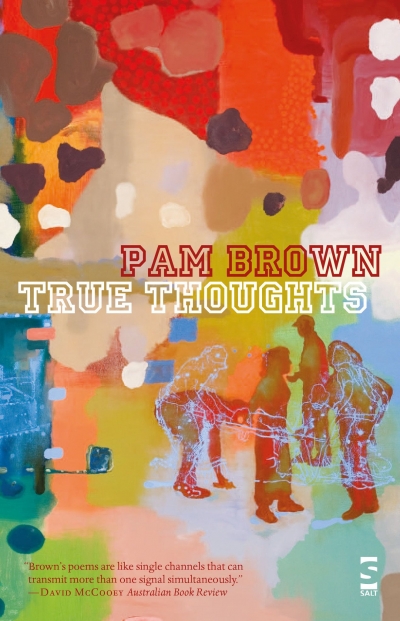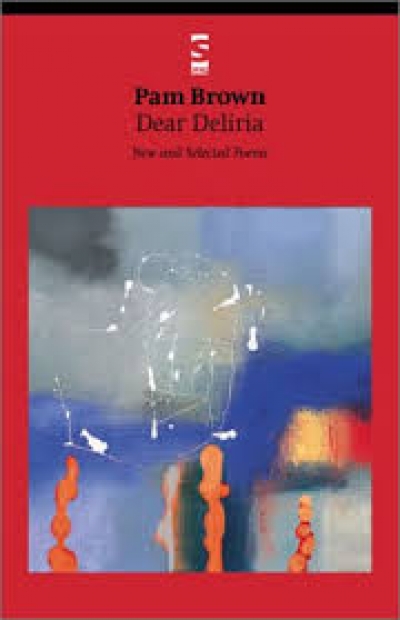Pam Brown
by the radio:
I mishear the news and sports presenter
say ‘the latest in nuisance sports’,
outside the light is green,
the lightning frightening stay away
from windows but the storm
takes no notice of me and my black Bic biro
here at the kitchen table
Jacket edited by John Tranter and Pam Brown & Space edited by Anthony Lynch and David McCooey
by Lisa Gorton •
The Oxford Companion to Twentieth-Century Poetry in English edited by Ian Hamilton
by Pam Brown •




